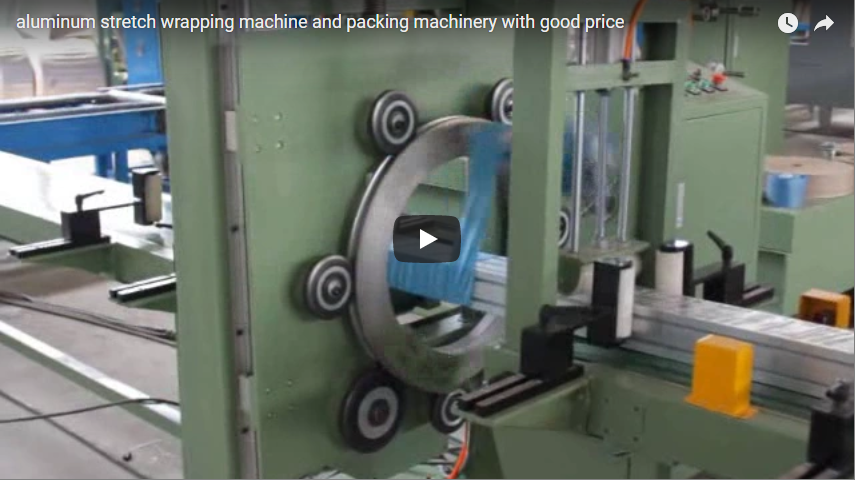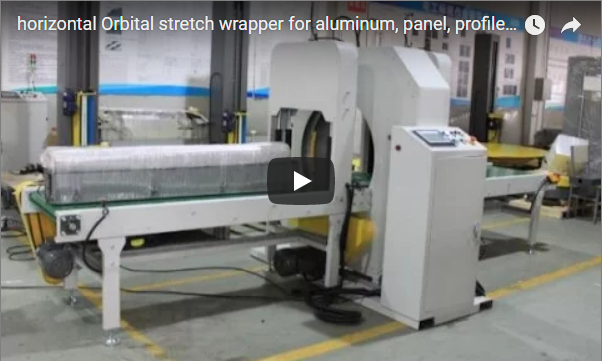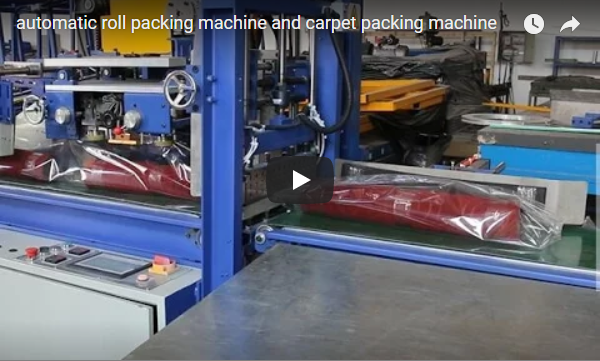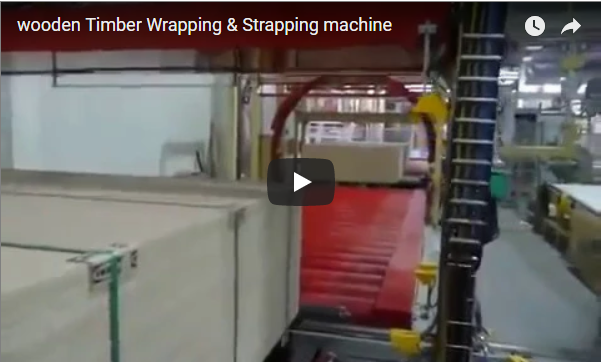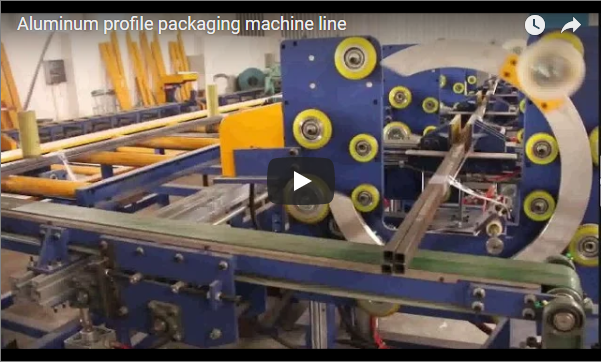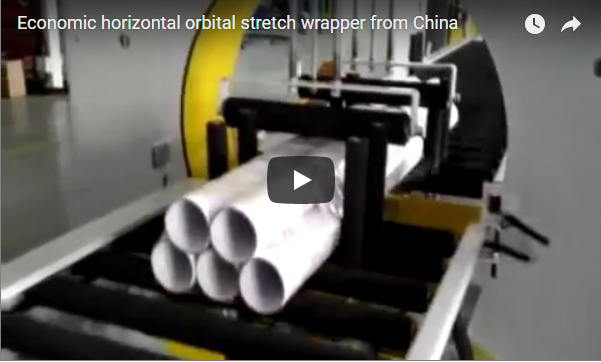Revolutionizing Aluminum Profile Protection: A Deep Dive into Fhopepack's Automated Wrapping Lines
The handling and transportation of aluminum profiles present unique challenges. Their length, susceptibility to scratches, and varying shapes demand a packaging solution that is both robust and efficient. Manual wrapping methods often fall short, leading to inconsistencies, potential damage, and significant labor costs. Addressing these industry pain points head-on requires a strategic shift towards automation.
Enter the Automatic Aluminum Profile Packaging Machine, often referred to as a Wrapping Line. This specialized equipment is engineered not just to wrap, but to provide a comprehensive, automated protective shield for valuable aluminum extrusions.
At Fhopepack, we've seen firsthand how implementing these systems transforms operations. This isn't just about replacing manual labor; it's about enhancing product integrity, boosting throughput, and achieving significant long-term savings. Let's delve deeper into the capabilities and advantages of these essential machines.
1. The Core Challenge: Safeguarding Aluminum Profiles
Aluminum profiles are widely used across industries like construction, automotive, and furniture manufacturing. However, their journey from extrusion to final use is fraught with risk:
- Surface Damage: Scratches, dents, and abrasions can occur during handling, stacking, and transit, diminishing product value.
- Environmental Factors: Exposure to moisture, dust, and contaminants can affect surface finish and integrity.
- Inefficiency: Manual wrapping is time-consuming, physically demanding, and often results in inconsistent package quality.
- Cost Implications: Damaged goods lead to returns, rework, and reputational harm, while inefficient processes inflate operational costs.
2. The Automated Solution: Fhopepack's Wrapping Line Technology
Our automatic wrapping lines are designed to overcome these challenges by applying a tight, uniform layer of protective material (typically stretch film or VCI paper) around individual profiles or bundles. The system operates continuously, integrating seamlessly into production or logistics workflows.
3. Key Technical Specifications & Capabilities
While specific configurations vary based on client needs, typical features of our Automatic Aluminum Profile Packaging Machines include:
- Wrapping Material: Stretch Film (LLDPE), VCI Film/Paper, PE Film, Knitted Belt
- Profile Compatibility: Handles a wide range of lengths, cross-sections (squares, rounds, complex shapes), and bundle sizes.
- Typical Length: 3m - 12m (customizable)
- Typical Cross-Section: Varies widely, tailored to application
- Wrapping Speed: Adjustable rotation speed (RPM) and conveyor speed (m/min) to match production requirements.
- Control System: PLC (Programmable Logic Controller) with HMI (Human-Machine Interface) for intuitive operation, parameter setting, and diagnostics.
- Automation Level: Fully automatic operation including profile feeding, wrapping, film clamping/cutting, and discharge.
- Material Handling: Integrated powered conveyors (roller or belt type) for smooth profile transition.
- Optional Features: Top press-down devices for unstable bundles, automatic film roll change, safety fencing, integration with upstream/downstream equipment.
4. Core Benefits: Efficiency, Protection, and Cost Savings
Investing in an automated wrapping line delivers tangible advantages:
- Superior Protection: Uniform wrapping tension and complete coverage minimize the risk of scratches, abrasion, and contamination during transit and storage.
- Enhanced Operational Efficiency: Significantly faster than manual methods, reducing packaging bottlenecks and increasing overall throughput. Cycle times are drastically cut.
- Reduced Labor Costs: Automation minimizes the need for manual wrapping personnel, allowing staff to be redeployed to higher-value tasks.
- Material Savings: Precise control over film stretch and overlap optimizes material consumption compared to inconsistent manual application.
- Improved Package Consistency: Every profile or bundle is wrapped to the same high standard, enhancing product presentation and customer perception.
- Enhanced Safety: Reduces manual handling risks associated with wrapping long or heavy profiles.
5. A Glimpse into Operation: The Automated Wrapping Process
The typical operational sequence involves:
- Infeed: Profiles or bundles are placed onto the infeed conveyor.
- Detection: Sensors detect the leading edge of the profile/bundle.
- Wrapping: The profile moves through the rotating ring carrier, which dispenses and wraps the stretch film (or other material) orbitally around it. The wrapping overlap is precisely controlled.
- Clamping & Cutting: Once the profile passes through, the film is automatically clamped, cut, and secured.
- Outfeed: The fully wrapped profile/bundle exits the machine via the outfeed conveyor.
6. Personal Insight: From Our Experience to Your Success
Over the years, we've partnered with numerous aluminum manufacturers and distributors. A common thread we observe post-implementation is a dramatic reduction in damage claims related to shipping and handling. One client, a large architectural profile supplier, reported a decrease of over 60% in transit-related surface damage within six months of installing one of our wrapping lines. Furthermore, the redeployment of three full-time staff members previously dedicated to manual wrapping resulted in significant operational cost savings. These aren't isolated cases; they represent the transformative potential of targeted automation.
7. Choosing the Right System for Your Needs
Selecting the ideal automatic aluminum profile packaging machine depends on several factors:
- Profile Types & Sizes: The range of dimensions and shapes you handle.
- Required Throughput: Your daily or hourly packaging volume needs.
- Level of Automation: Integration requirements with existing production lines.
- Wrapping Material: Preferred type of protective film or paper.
- Budget: Balancing initial investment with long-term ROI.
Conclusion: A Strategic Investment in Quality and Efficiency
The Automatic Aluminum Profile Packaging Machine is more than just equipment; it's a strategic investment in protecting product quality, optimizing operational flow, and enhancing your bottom line. By automating this critical process, businesses can ensure their aluminum profiles reach their destination in pristine condition, consistently and cost-effectively.
Explore our range of horizontal wrapping solutions tailored for the aluminum industry:
Horizontal Wrapping Machines
For inquiries or to discuss your specific packaging challenges, please contact us:
info@fhopepack.com

